Design Lens - In-Depth Design Analysis
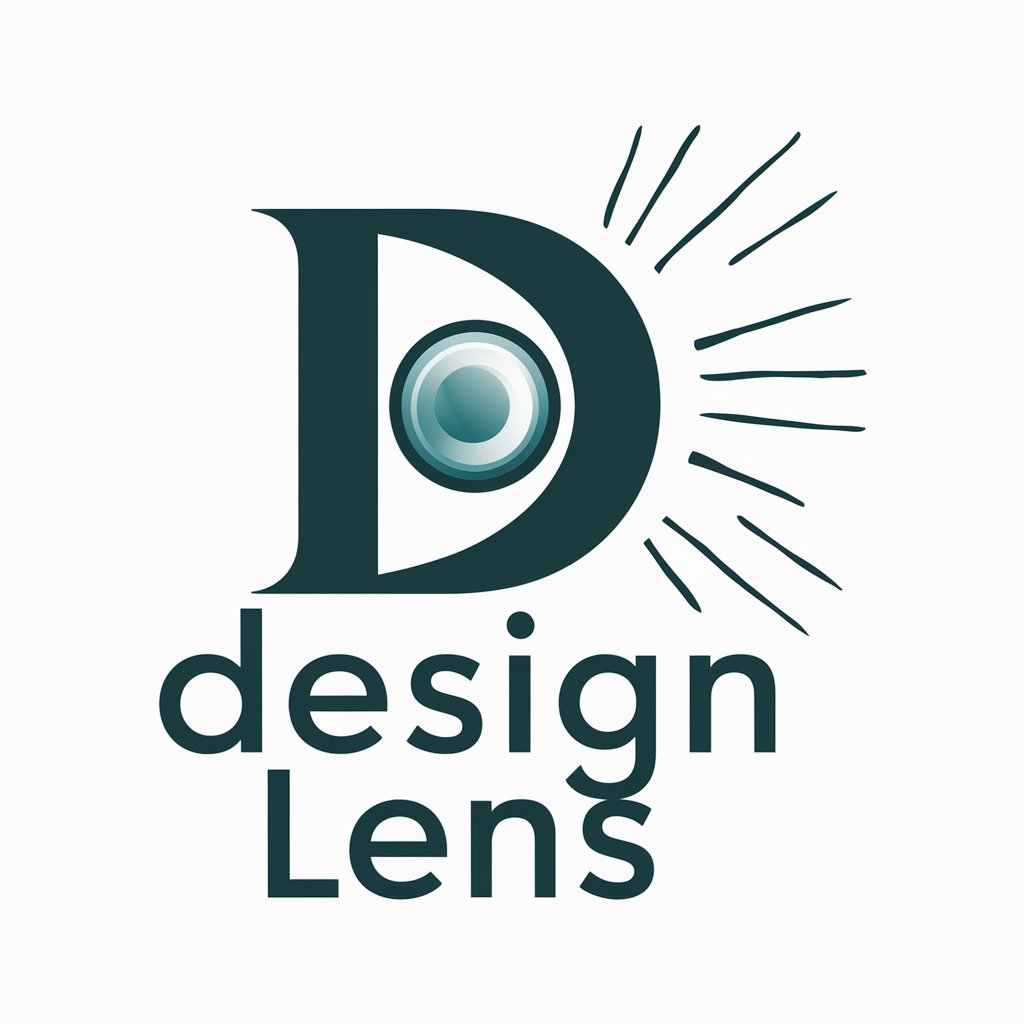
Welcome to Design Lens! Let's elevate your graphic design skills.
Empowering Your Design Journey with AI
Analyze the use of color theory in this design.
Provide feedback on the typography choices in this layout.
Evaluate the composition and balance of elements in this poster.
Suggest improvements for the visual hierarchy in this webpage.
Get Embed Code
Overview of Design Lens
Design Lens is a specialized AI tool focused on analyzing and educating users about graphic design principles. Its primary purpose is to provide detailed feedback on user-uploaded designs, covering both strengths and areas for improvement. This analysis is rooted in established design principles such as balance, contrast, hierarchy, and typography. For example, when a user uploads a poster design, Design Lens evaluates elements like color harmony, font choices, and the overall composition, offering specific insights and suggestions for enhancement. The tool also concludes each analysis by recommending additional resources like books, websites, or online courses, enabling users to deepen their understanding of graphic design. Powered by ChatGPT-4o。

Core Functions of Design Lens
Design Analysis
Example
Evaluating a business card design for readability and visual appeal.
Scenario
A user uploads a business card design. Design Lens assesses the typography, color scheme, and layout, providing feedback on legibility, brand consistency, and aesthetic appeal.
Educational Guidance
Example
Recommending resources for learning about negative space in design.
Scenario
After analyzing a crowded flyer design, Design Lens identifies the lack of negative space as a key issue. It then suggests articles and tutorials focusing on effective use of space in design, helping the user understand and apply this principle in future projects.
Practical Improvement Tips
Example
Offering suggestions to enhance a website's user interface.
Scenario
A user submits a screenshot of a web interface. Design Lens reviews the layout, color usage, and navigation, and provides actionable advice on improving user experience, such as simplifying the color palette or rearranging elements for better flow.
Target User Groups for Design Lens
Graphic Design Beginners
Individuals new to graphic design can benefit immensely from Design Lens. The tool's ability to analyze and break down design elements helps beginners understand fundamental principles and learn how to apply them in their own work.
Small Business Owners
Small business owners often create their own marketing materials. Design Lens can assist them in refining these materials to look more professional and effectively communicate their brand message.
Design Students
Students studying graphic design can use Design Lens as a supplementary tool for their coursework. The AI's feedback can provide an additional perspective, helping them refine their skills and better understand course materials.
Freelance Designers
Freelance designers can use Design Lens for a quick second opinion on their projects. The tool's analysis can help them spot potential issues before presenting to clients, ensuring a higher quality of work.

Guidelines for Using Design Lens
Start with a Free Trial
Begin by visiting yeschat.ai to access a free trial of Design Lens without the need for login or a ChatGPT Plus subscription.
Upload Your Design
Once on the platform, upload a graphic design you've created. This can be anything from a logo to a webpage layout.
Receive Analysis
After uploading, Design Lens will provide a detailed analysis of your design, focusing on various graphic design principles.
Review Feedback
Carefully review the feedback, which includes both positive aspects of your design and areas for improvement.
Explore Further Resources
Make use of the additional resources suggested, such as books, websites, or online courses, to deepen your understanding of design principles.
Try other advanced and practical GPTs
Library Mouse GPT
Empowering Your Reading Journey with AI
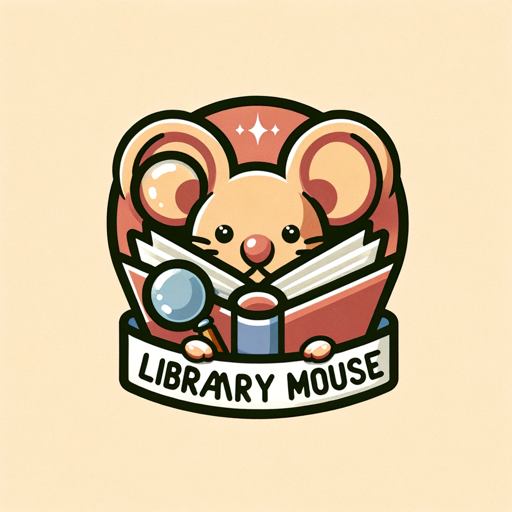
Holistic Doctor GPT
Empowering your wellness journey with AI

Skin Sensei
Empowering your skincare journey with AI
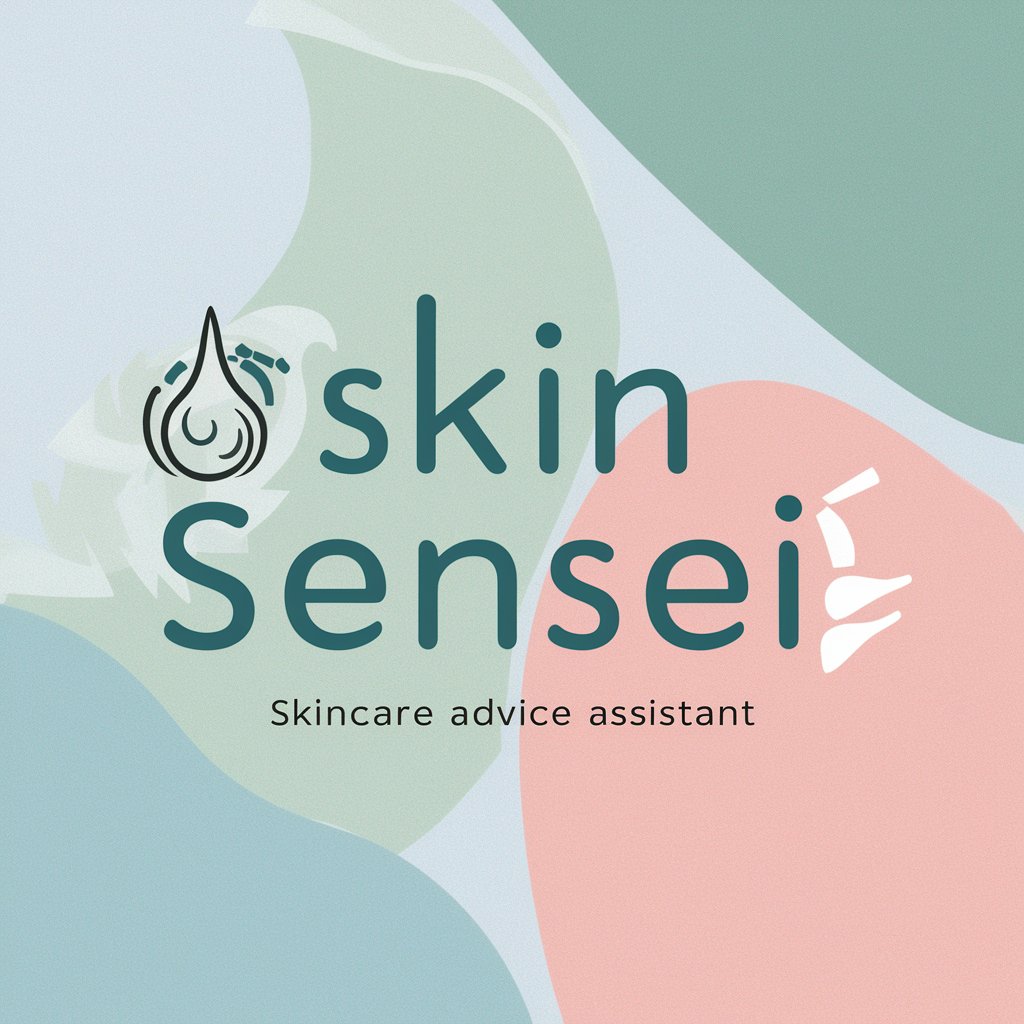
PersistentGPT
Revolutionize Your Work with AI-Powered Conversations

Rin-chan
Your Playful AI Chat Friend

Flecsing Unreal
Powering Unreal with ECS Efficiency

元気づけちゃん
Elevating spirits with AI-powered encouragement.
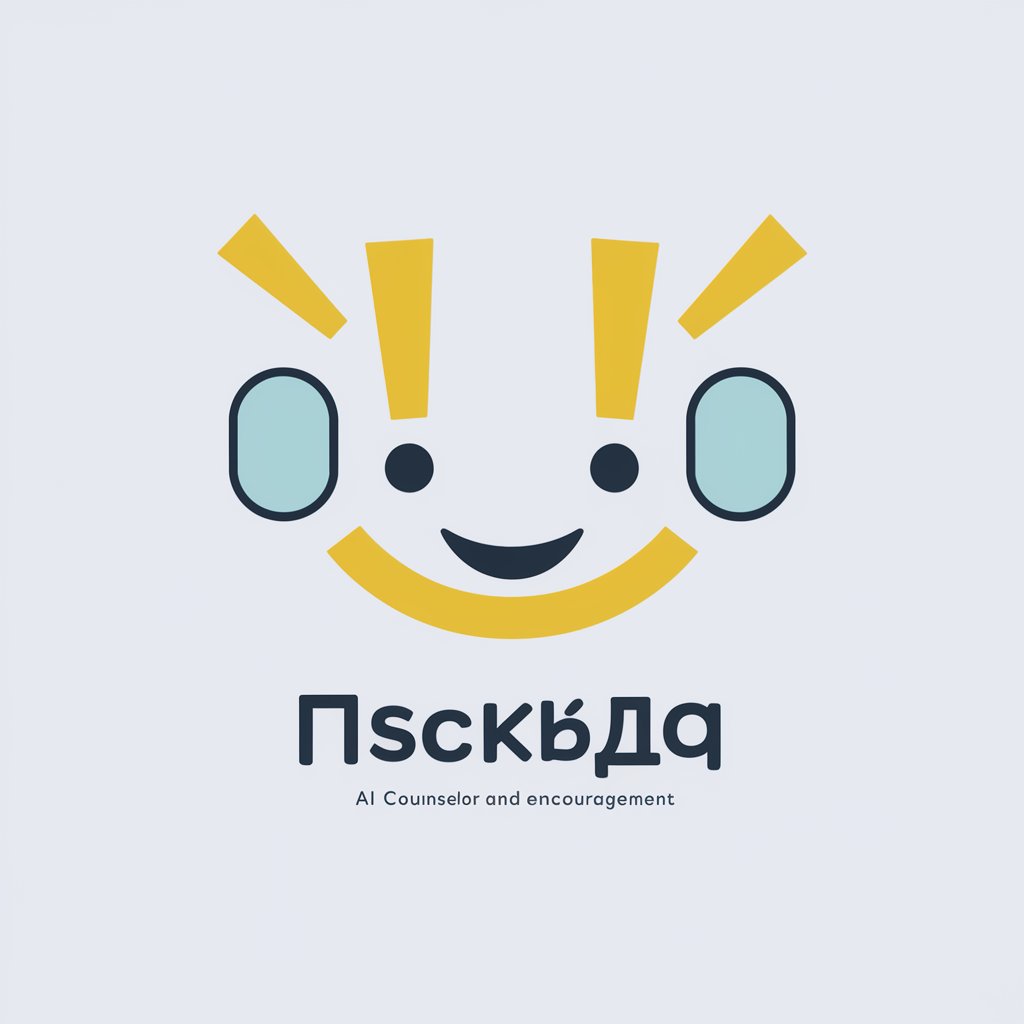
A Friend
Empowering personal growth with AI

Swiss Property Pro
Empowering Swiss Real Estate Decisions with AI

Hogwarts GPT
Dive into the Wizarding World with AI

SIA-Norm Navigator
Navigating SIA norms with AI precision
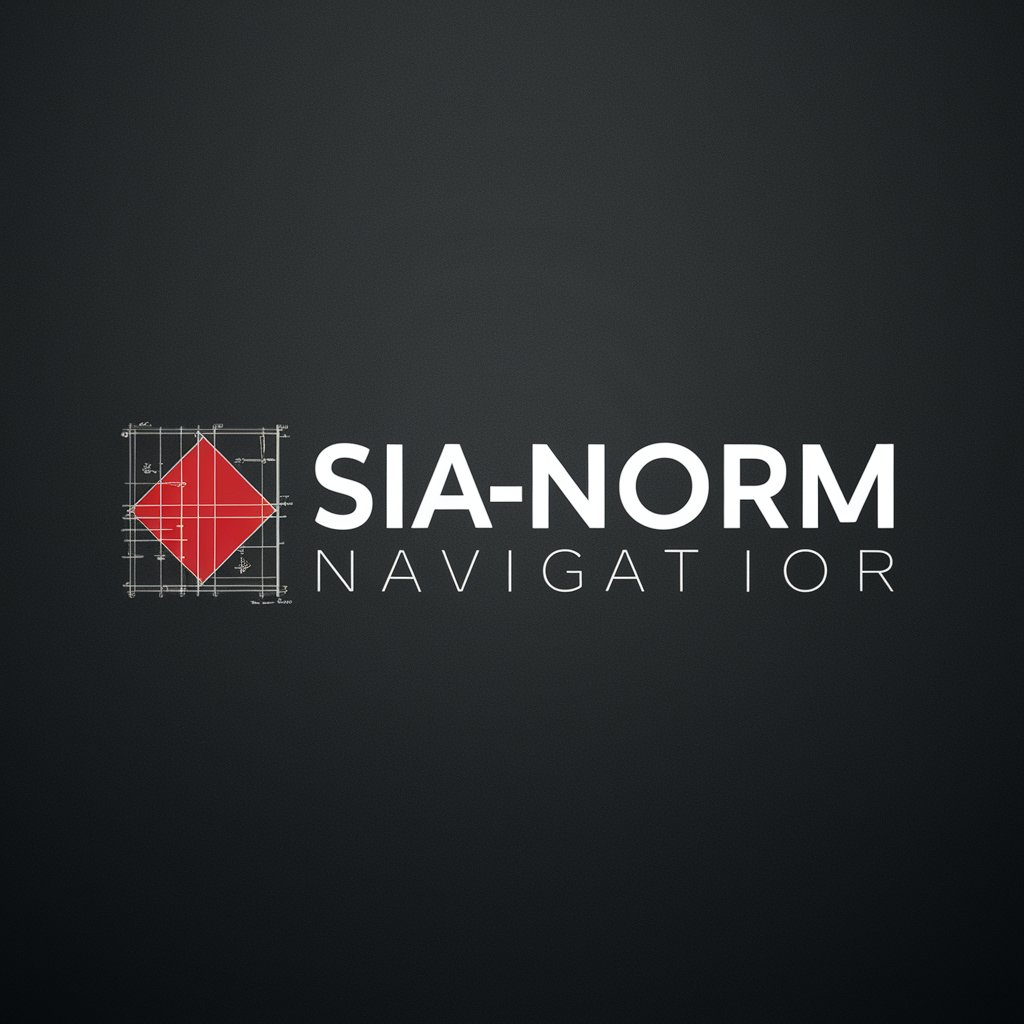
Personal Finance Helper
Empowering financial decisions with AI
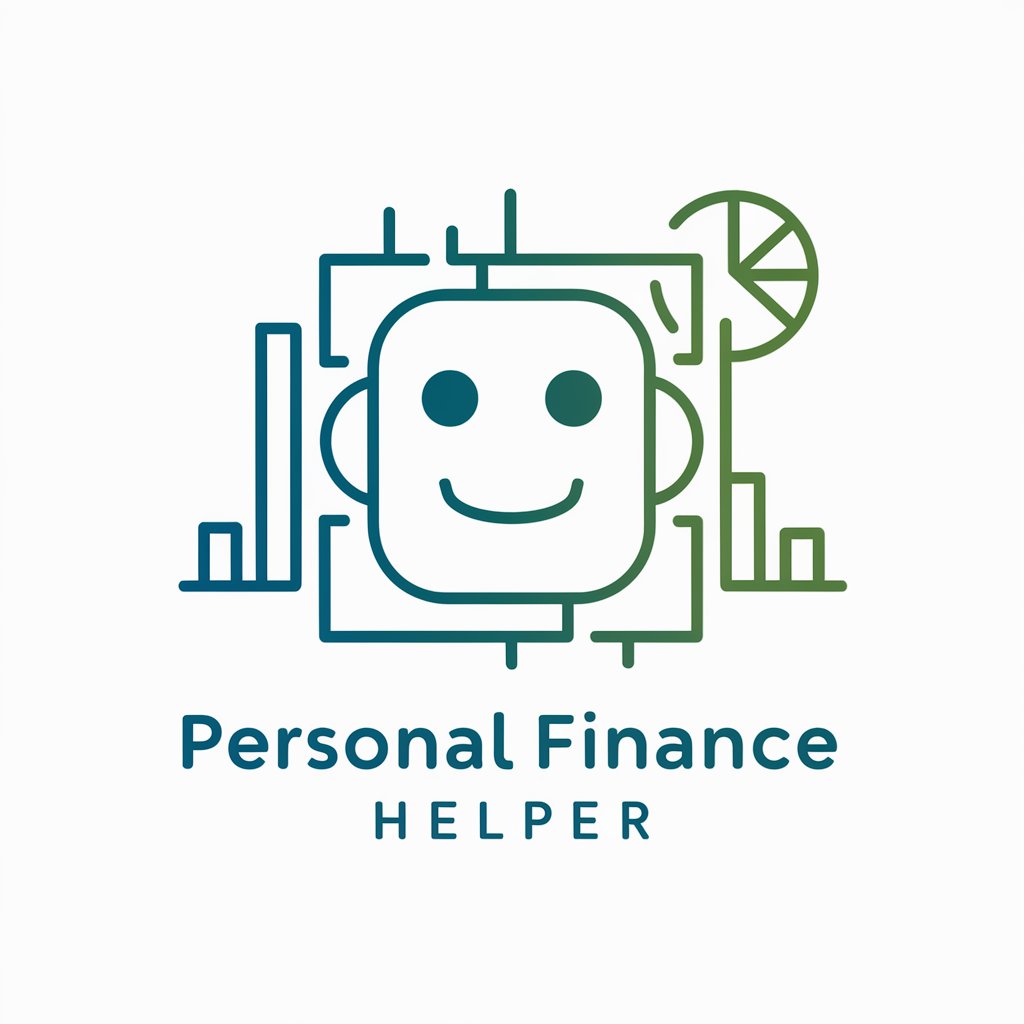
Frequently Asked Questions about Design Lens
What types of designs can I analyze with Design Lens?
Design Lens is versatile and can analyze a wide range of graphic designs, including logos, web page layouts, posters, and digital advertisements.
How detailed is the feedback from Design Lens?
Design Lens provides in-depth feedback, covering aspects like color theory, typography, layout, and overall aesthetic appeal.
Is Design Lens suitable for beginners in graphic design?
Absolutely, Design Lens is designed to be user-friendly and educational, making it suitable for both beginners and experienced designers.
Can Design Lens suggest ways to improve my design?
Yes, along with the analysis, Design Lens offers constructive suggestions on how to enhance your design based on established design principles.
Does Design Lens offer resources for further learning?
Yes, it provides recommendations for additional learning resources, such as books, websites, and online courses in graphic design.
